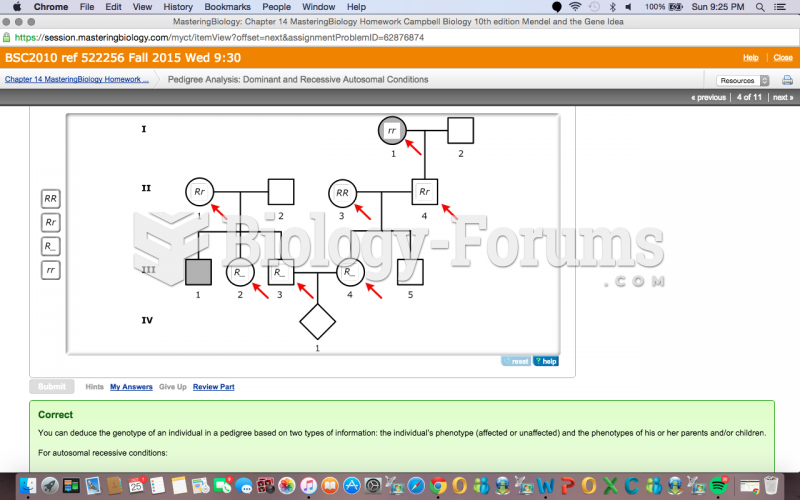|
|
|
To maintain good kidney function, you should drink at least 3 quarts of water daily. Water dilutes urine and helps prevent concentrations of salts and minerals that can lead to kidney stone formation. Chronic dehydration is a major contributor to the development of kidney stones.
Ether was used widely for surgeries but became less popular because of its flammability and its tendency to cause vomiting. In England, it was quickly replaced by chloroform, but this agent caused many deaths and lost popularity.
Drying your hands with a paper towel will reduce the bacterial count on your hands by 45–60%.
The calories found in one piece of cherry cheesecake could light a 60-watt light bulb for 1.5 hours.
People about to have surgery must tell their health care providers about all supplements they take.






